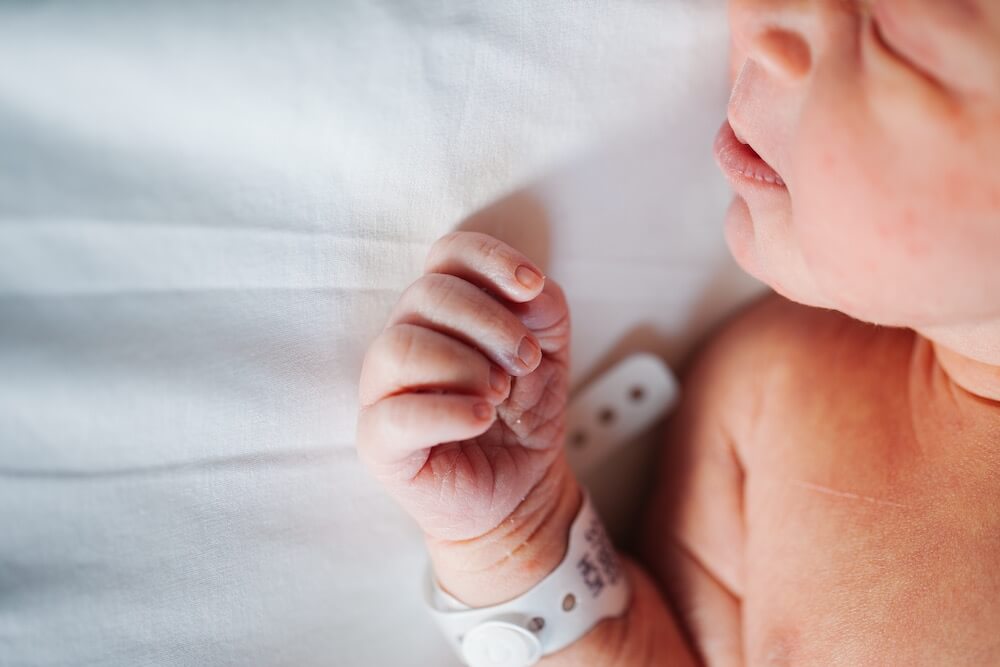Key points:
- When introducing solids, it is important to find a balance between the energy needed by the baby’s body and its consumption.
- Start with small amounts of food, two or three tablespoons of soft food, and supplement it with milk.
- The baby will indicate whether they want more or if they are already satisfied and babies eat only what they need.
- Attend regular appointments with a pediatrician to keep track of baby’s growth and development and offer safe foods to avoid choking hazards.
When introducing solids, it is important to find a balance between the energy needed by your baby’s body and its consumption. Keep reading to learn how much should a baby eat.
When you begin the weaning process, start with small amounts of food. Two or three tablespoons of soft food are enough to begin to accustom your baby to this new way of eating. Since you begin with little amounts of food, you should supplement it with milk.
As your baby gets used to it, you can always increase the quantity of solid food you offer, eventually replacing the milk. Your baby will indicate whether they want more or if they are already satisfied. If they ask for more food, give it to them; but if they pull away, don’t force them to eat.
How much should a baby eat?
Remember that babies innately know when they are satisfied and therefore eat only what they need. This self-regulation can be affected when food is either limited or forced to be consumed. Your baby will indicate whether they’re still hungry or satisfied.
At first, they will likely spit out most of the food you give them, but that doesn’t mean they don’t like it, they’re simply learning to use their tongue to swallow the food. If your baby wants more food, they will open their mouth, move forward towards the spoon, focus on the food and follow it with their eyes, or get excited if they see food.
Here’s a list of things your little one may do it they don’t want to eat anymore:
- Spit out or push the food away
- Get distracted easily
- Close their mouth
- Turn their head away
- Play with the food
On the other hand, if your baby is energetic, you can feel confident that they are receiving enough calories. This is also true if your baby is gaining weight. Attend your regular appointments with your pediatrician to keep track of your baby’s growth and development.
At this stage, keep in mind to offer foods that are safe for your child and avoid foods that can be choking hazards, such as chunks of meat or grapes, or hard foods like seeds or nuts.
And remember, this is a new step for your little one, have patience while you feed them and pay attention so you know when they are satisfied.







